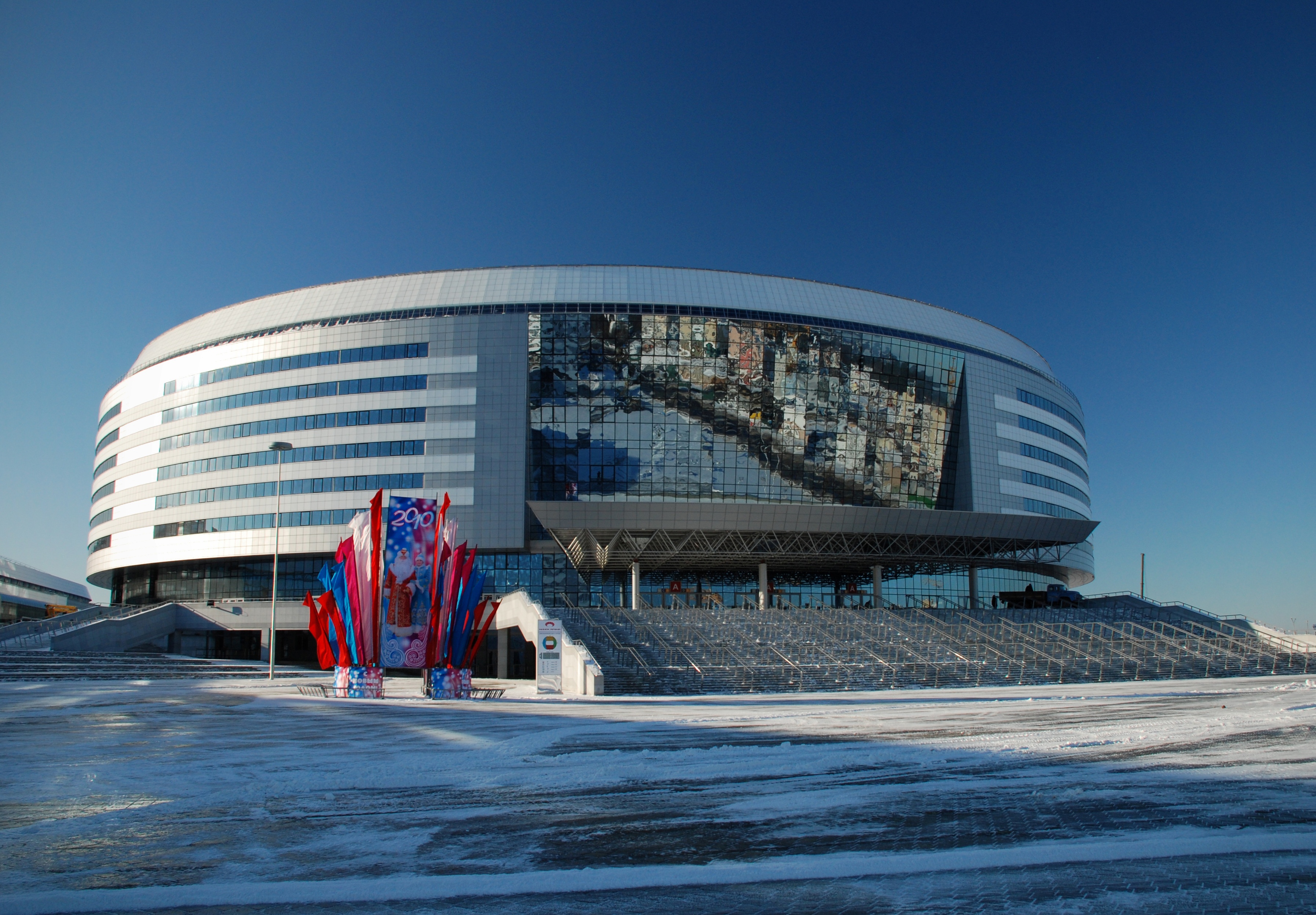Interesting facts about Belarus
In this article, we have highlighted 50 unhacked facts about Belarus, which are quite unpopular and uneasy to find out. We tried to check all the facts in order to publish the most relevant at the time of writing the article (June 2022). Therefore, many facts will destroy popular myths about Belarus and most importantly, they will create a plausible picture of this country.
Historical facts of Belarus
The oldest city of Belarus is Polotsk. The first mention of Polotsk appeared in the chronicles of 862. In addition, Polotsk is the geographical center of Europe. There is a monument in honor of this title in the city. You can find more information about Polotsk and its sights in our article.
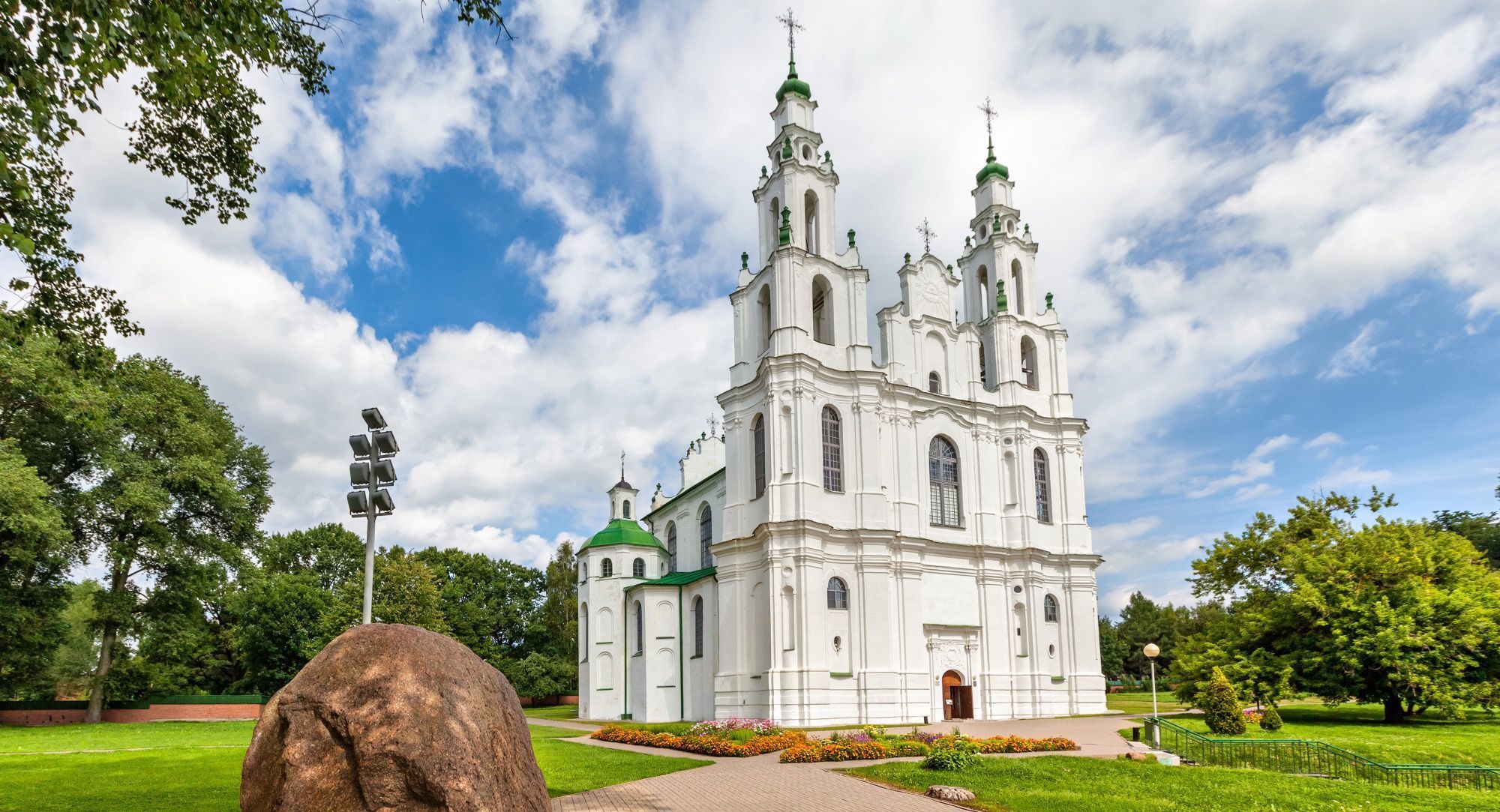
From the XIII to the end of the XVIII century, Belarus was part of the Grand Duchy of Lithuania. Its population was called the Litvins. They spoke the Old Belarusian language, which had been the official language for several centuries.
In 1796, Belarus joined the Russian Empire. And iIn 1919, Belarus became one of the countries of the Soviet Union. Today Belarus is the only country of the former USSR that still uses minimally modified Soviet symbols (national emblem and flag).
Among the most ancient sights of Belarus is the St Boris and Gleb Church, which you can read about in our guide to Grodno. It was founded around the XII century. St. Sophia Cathedral was also built in this century; we also have a separate article about it. The third oldest surviving building is the Old Castle in Grodno. Its construction was started in the XI century. You can read about the Old Castle and other sights of Grodno here.

There are four UNESCO World Heritage Sites in Belarus: Belovezhskaya Pushcha, Mir Castle, Nesvizh Castle. About every of these we have compiled the detailed articles. The fourth UNESCO World Heritage Site is the Struve arc. It is a chain of reference points along which an accurate measurement of a large segment of the arc of the earth's meridian was carried out.
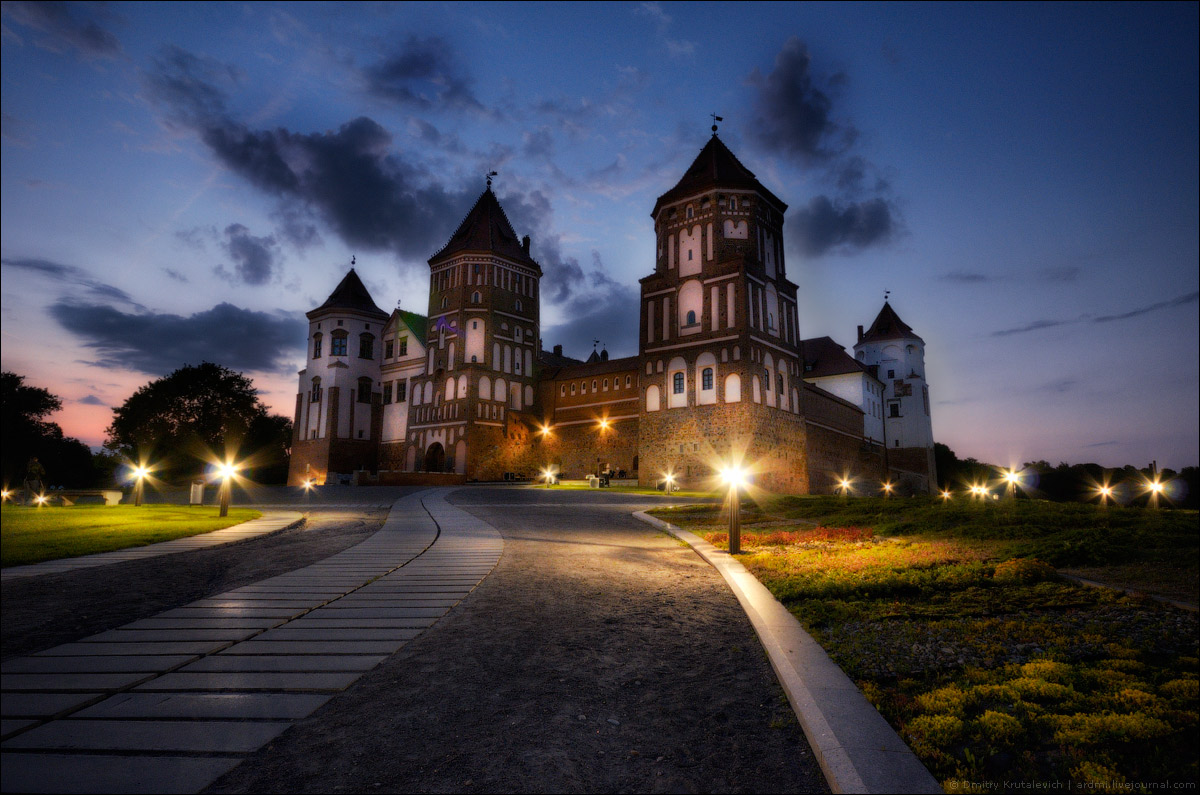
Well-known relics of Belarus are the Slutsk belts, which in the Grand Duchy of Lithuania were worn only by men of noble origin. Only men also helped to tie belts. In addition, exclusively men wove the Slutsk belts.
Facts about culture of Belarus
A cuisine of any country is considered the most important part of the culture, so let's start with potatoes. It is believed that historically the most popular dishes in Belarus were prepared from potatoes. This happened only by the end of the XIX century, when potatoes gradually took a leading position in the diet of the Belarusians. This is how the now famous national dish, draniki, appeared. But before that, wheat pancakes were the most popular dish among the ordinary Belarusians. For ordinary people, flour was more accessible and better-stored food.
Let's move on to high culture. The largest film studio in Belarus is Belarusfilm. It's most famous film is "Belye rosy". It was mostly shot in Grodno.
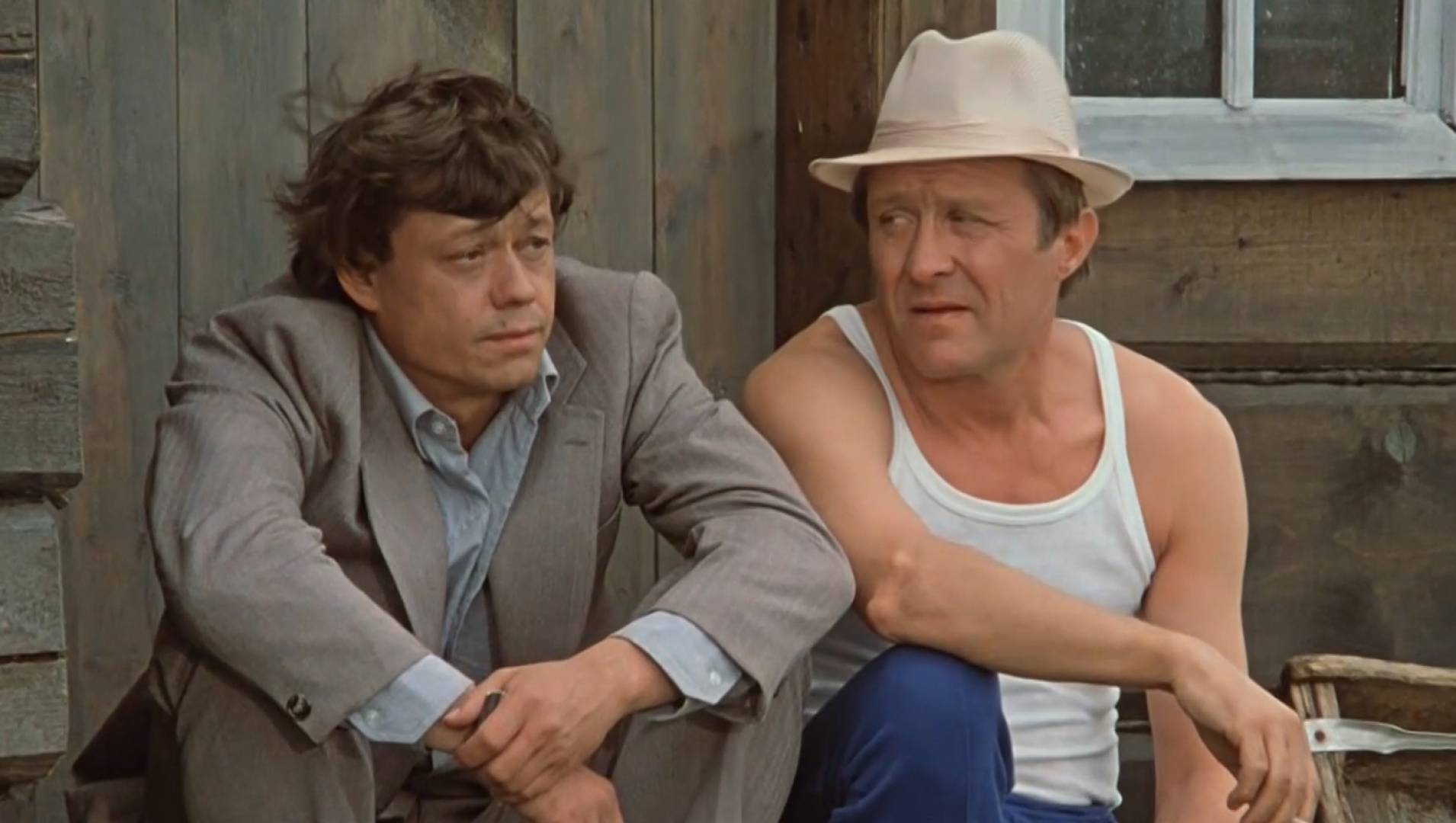
Louis Bart Mayer, the founder of the Metro Goldwyn Mayer film studio, was also from Belarus. He was born in Minsk in 1884 or 1885. Some his biographers suggest that his family lived near Kiev before emigrating to America. However, most researchers recognize his Belarusian roots. His real name is Lazar Meir.
Six Nobel laureates have Belarusian roots: Richard Phillips Feynman — physics, Simon Kuznets — economics, Shimon Peres — Peace Prize, Zhores Alferov — physics, Svetlana Alexievich — literature.
Moving to the end with persons who influenced the formation of culture in Belarus, we will tell you about Francysk Skaryna. He was born in Polotsk around 1470. Francysk Skaryna was a translator and a publisher. In 1517, he printed the first Bible in Europe. This happened in Prague, where Francysk had opened his printing house.
Perhaps the most unpopular fact related to language and text is that in the XVI century, the Belarusian Arabic alphabet appeared. It was used to record the Belarusian language using Arabic script. The alphabet consists of twenty-eight graphemes and is slightly different from the usual Arabic alphabet. It was used by the Belarusian-Lithuanian Tatars from the famous Grand Duchy of Lithuania. During the XIV—XVI centuries, they stopped using their own language and switched to Belarusian, which was written in the Arabic alphabet.

Society and people in Belarus
In 2009, a census was conducted, which showed that 2/3 of the population of Belarus were fluent in the Belarusian language. However, according to various estimates, only about 20% use it in everyday life. The most common in use is Russian. The situation with the language in Belarus is sometimes compared with the situation in Ireland. This state has long since got rid of any political dependence on Great Britain, but the main state language of Ireland is still English. The Irish language is also the state language, but it is supported in this role by only a part of the intelligentsia.
In 2020, Belarus took the 32nd place in the UNESCO ranking of an education level. There are also 99.7% literate people among the adult population of the country. This is the 19th place in the world.
There is free public education in Belarus. About 94% of Belarusian students study at state universities. You can enroll in a state university on a fee basis, too. This also includes foreign citizens. Perhaps a list of the best universities in Belarus will be useful to you.

In 2020, Belarus took the 40th place in the United Nations E-Government Survey. In total, the rating included 193 countries. This is not surprising, given the speed of development of the IT sector in the country.
In 2022, since the independence of the Republic of Belarus, there has been only one president in the history of the country — Alexander Lukashenko. He has held the post since 1994.
In addition, some Israeli presidents were born in Bearus. Among them are the 1st and 3rd Presidents of the State of Israel, Chaim Weizmann and Zalman Shazar, as well as prime ministers Menachem Begin, Yitzhak Shamir and Shimon Peres. Shimon Peres also became a President.
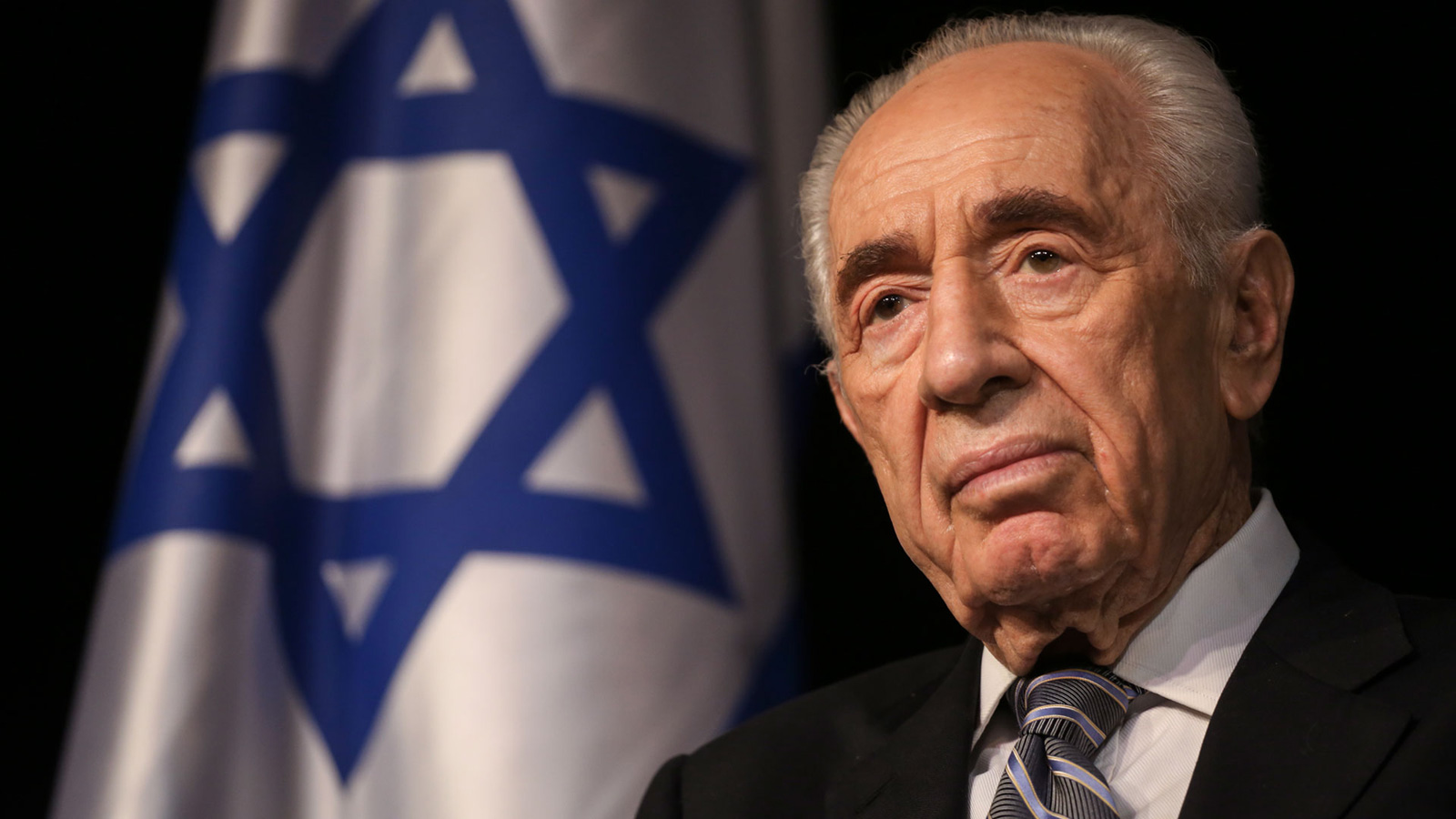
The Belarusians are in the first lines of the rating according to the number of visas received to the countries of the Schengen Agreement. Every year they receive about 700 thousand visas, most of which are issued by Poland.
The average age of marriage is also growing in the country. In 2021, the average age of men getting married has increased to 28.6 years. The average age of brides has increased to 26.3 years.
Facts about Belarusian economy
The most well known and completely truthful fact is that agriculture is well developed in Belarus. The country is one of the five world exporters of dairy products. The main industries are agriculture and dairy farming. In addition, agriculture is a historically important branch of the Belarusian economy. It accounts for more than 7% of the national GDP.
However, the most developing sphere in Belarus is IT. In 2021, the share of IT in Belarus' GDP was 7.5%.
Belarus is also called the "Silicon Valley of Eastern Europe". Many startups that became global giants had been created here: EPAM, Flo, Viber, Maps.me, Wargaming.net, Msqrd.

Belarus was also one of the first to legalize cryptocurrency. The corresponding decree was signed by the President of Belarus on December 22, 2017.
In July 2016, for the first time in the recent history of the Belarusian state, coins appeared. The new Belarusian rubles are similar to the euro.
Belarus also has the most expensive banknote among CIS countries. It worths BYN500. At the exchange rate as of May 31, 2022, this is approximately $255.
There are several large and many small oil fields in the south of Belarus. Extraction volume is not the largest in the world — 1.7 million tons per year. However, a total of 125 million tons have been produced since 1964.
There are other mineral deposits in Belarus. The largest of them is the potash salt deposit near Soligorsk. It is also considered the largest in Europe and in the world.
During the USSR period, the legendary Belarusian Automobile Plant rose and flourished. In 2014, BelAZ produced the largest dump truck in the world. Its height was 8.7 meters, and the load capacity was up to 500 tons. The plant still produces the largest dump trucks on the territory of the former USSR. They are exported to more than 50 countries around the world.
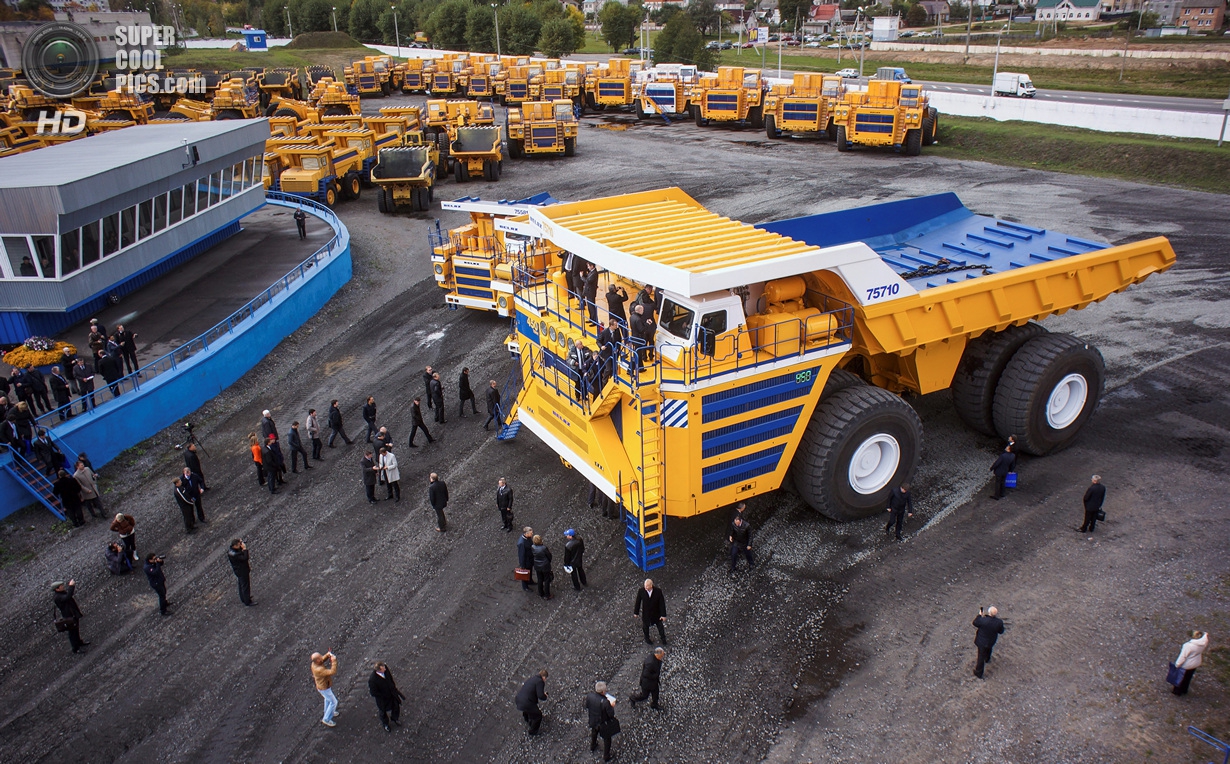
Geographical facts
The territory of Belarus covers 207 thousand square kilometers. It is the 84th largest country in the world and not the smallest country in Europe. Belgium, Holland, Switzerland and Hungary will fit together on its territory.
At the same time, Belarus is the largest country in Europe that has no access to the sea. In general, this has its advantages.
According to environmentalists, Belarus will remain the only European country not affected by floods due to the melting of glaciers in the 2100s. It is the most flat country in Europe with minimal height differences. In addition to the sea, there are also completely no mountain ranges in Belarus. The highest Dzerzhinskaya Mountain in Belarus has only 346 meters of height.
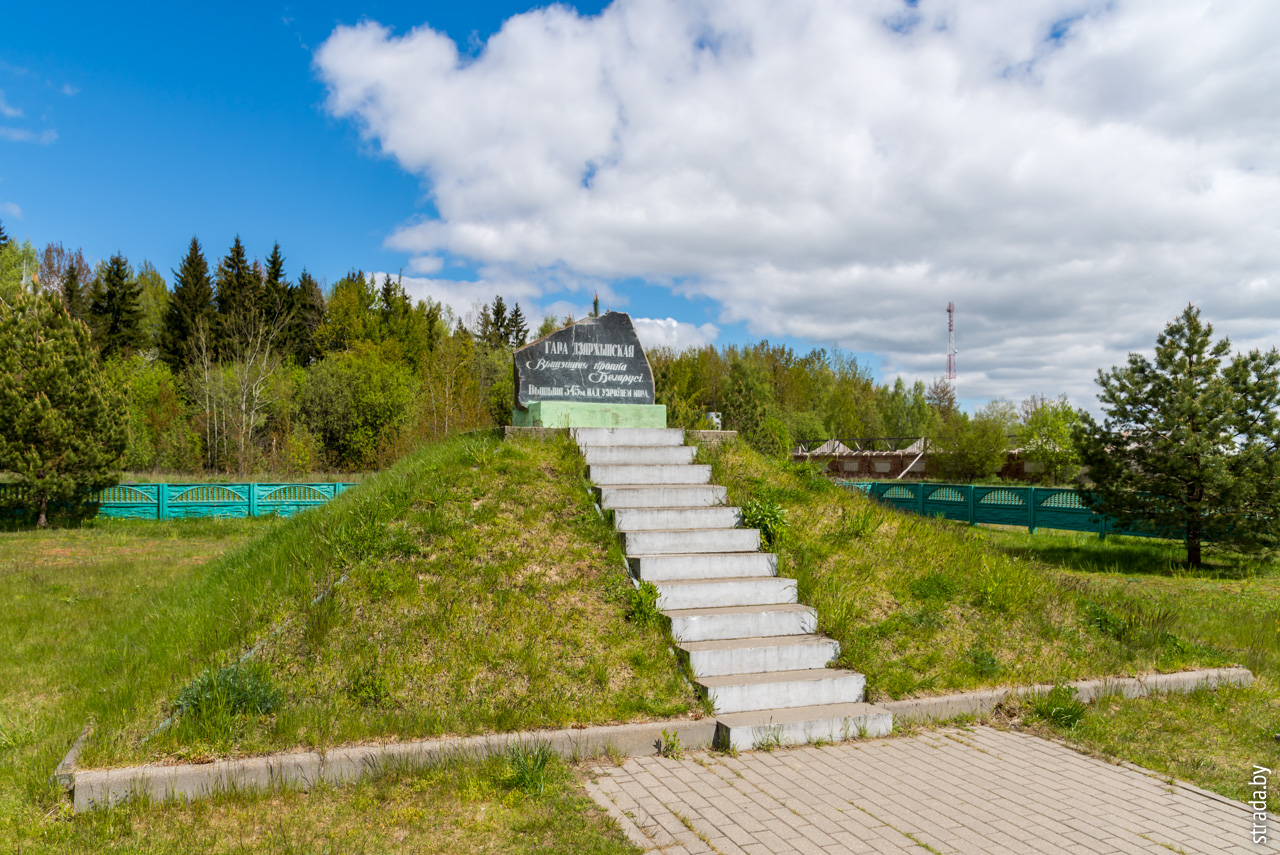
There are two Brest cities in the world. One is located in the western part of Belarus. We have a large tourist guide to the Brest region. The other Brest is located in the west of France.
Minsk is the largest city in Belarus. At the beginning of 2021, a little more than 2 million people lived here. This is a big amount, considering that the population of Belarus is 9 million. At the same time, the number of urban population in Belarus is about 75%. Now Minsk ranks 11th among European cities in terms of population. We have prepared large guides to Minsk and to Minsk region, so that you don't miss the most interesting places.
Independence Square in Minsk is one of the largest in Europe. Independence Avenue also begins on this square. In 2016, it became a candidate for inclusion in the UNESCO World Cultural Heritage List. Independence Avenue is the largest and best preserved ensemble of neoclassical style buildings in Europe. We have a whole article about Independence Avenue.

In 2018, the American Internet resource "The Street" ranked the cleanest cities in the world. Minsk took the 3rd place. In total, the list included 30 cities. Singapore was in the first place, Tokyo took the second.
The Belarusian capital city has always been Minsk. However, twice in Soviet history Mogilev claimed to take this place. The first time was in 1938, when the USSR border was only a few kilometers from Minsk. The second time the question arose after the liberation of Minsk at the end of the Second Word World. Then the city was almost completely destroyed. But it was decided to restore Minsk. You can also travel to Mogilev with our big written guide.

Facts about nature of Belarus
Belarus is called in different ways: the country of lakes, the lungs of Europe, the country of forests. Really, many ecological and natural resources are being protected there.
There are more than 11 thousand lakes on the territory of Belarus. Given the size of the territory, the name "country of lakes" is fully justified. In addition, most of the lakes are glacial. They were formed 12 thousand years ago, because of the melting of the Valdai glacier.
Belarus is called "the lungs of Europe" not only for its forests. About 30% of the territory is occupied by swampy lands. One hectare of swamp annually removes 550-1880 kg of carbon dioxide from the atmosphere. All "swamp wealth" with an area of 1.7 million hectares cleans the atmosphere as effectively as 20 million hectares of forest.
Forests cover 40% of the territory. The green color on the Belarusian flag refers to this. Interestingly, most of the sanatoriums are located surrounded by the largest forests. We have a small list with the best Belarusian sanatoriums.
The largest and oldest forest in Europe is Belovezhskaya Pushcha, which is located on the territory of Belarus and Poland. On the Belarusian side, the largest mammal in Europe, the bison, lives in the forest. It is in Belarusian Belovezhskaya Pushcha that the world's largest population of these animals lives.
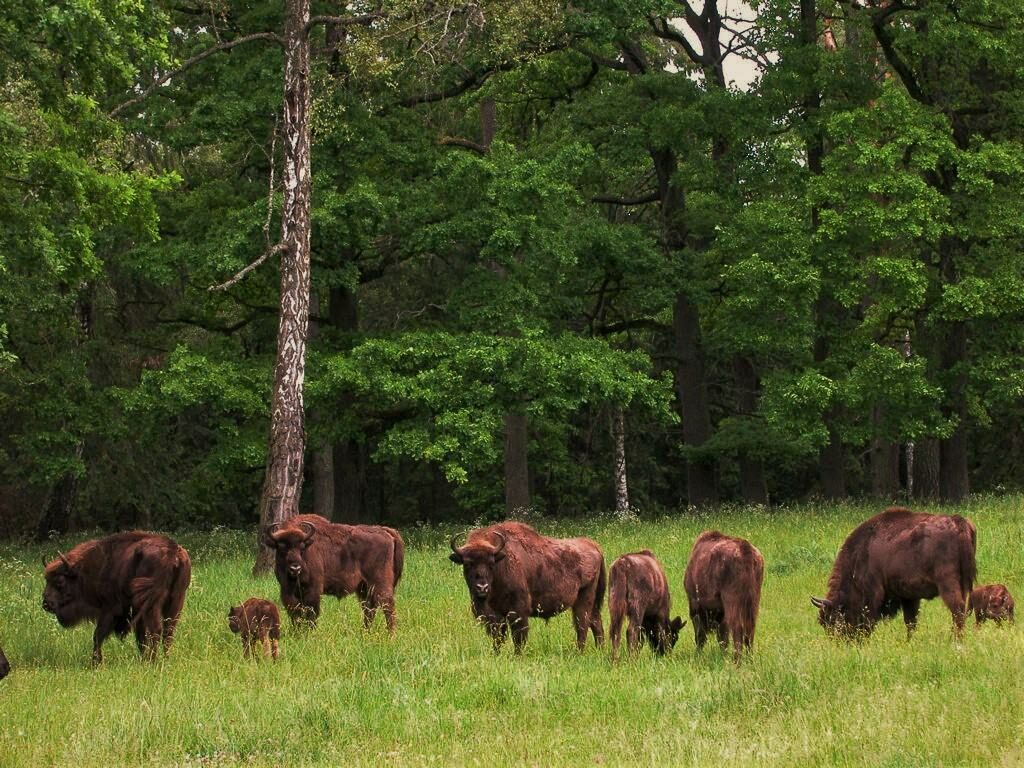
Not far from Belovezhskaya Pushcha, in the Belarusian Polesie, there lives the azure tit. It became the bird of the year 2022 in Belarus. The azure tit is included in the Red Book of Protected Species of Belarus. In addition, it is one of the most popular species of Belarusian birds abroad.

In hot weather, the Ministry of Forestry of Belarus establishes a ban on visiting forests. You can get acquainted with the map of prohibitions and restrictions online. The information is updated every day.
Sports Facts
Many people know that hockey is the most popular sport in Belarus. There are a total of 26 ice arenas in Belarus. Minsk Arena is the fourth largest in Europe.
Belarus often hosts iconic sporting events. In 2014 it was the Ice Hockey World Championship, in 2015 — the junior Biathlon World Championship, in 2019 — the II European Games in Minsk.
Belarusian Daria Domracheva is the world's first female biathlete to be awarded four Olympic gold medals. She tookone gold in Pyeongchang in 2018. And three gold medals at the Sochi Olympics in 2014.
One of the best tennis players in the world, Victoria Azarenka, is also a Belarusian. In 2012, for 70 weeks she topped the WTP rating and was the First Racket of the world.

Other facts about Belarus
Belarusian medicine is among the top most effective in the world. In 2020, Belarus ranked 40th in the Global Health Safety Ranking, gaining 40.6 points out of 100 possible.
A little more about ratings. In 2018, based on the report of OAG analytical company, Minsk National Airport took first place in terms of punctuality of flights. There are 6 international airports in Belarus in total.
Follow us on Facebook, LinkedIn!
Photo: 34travel.me



 Back
Back



